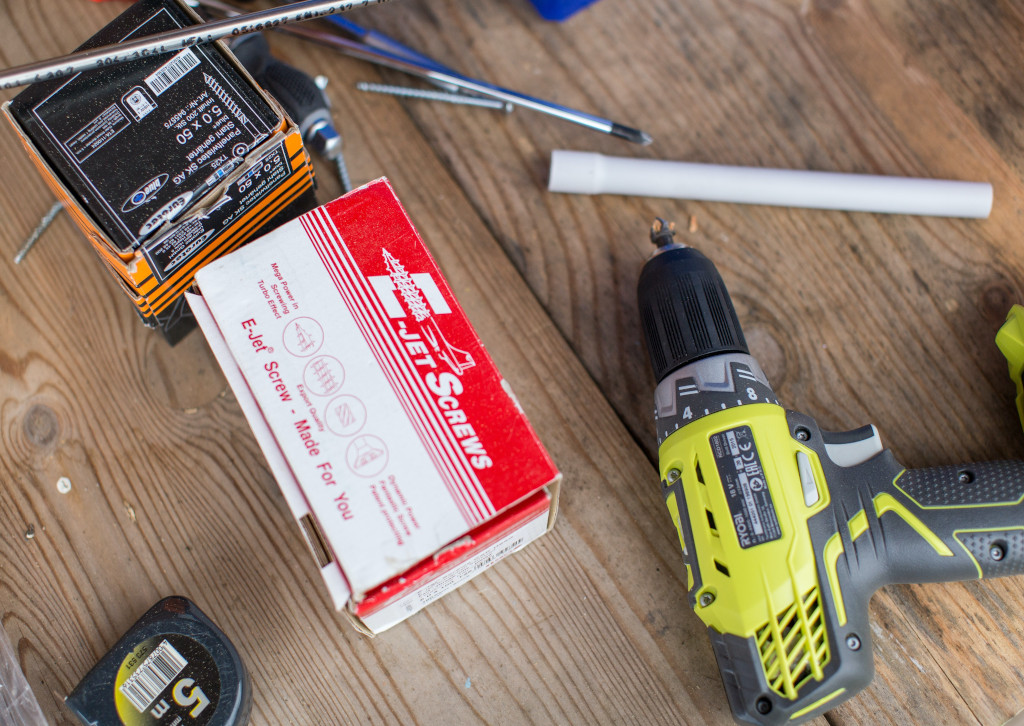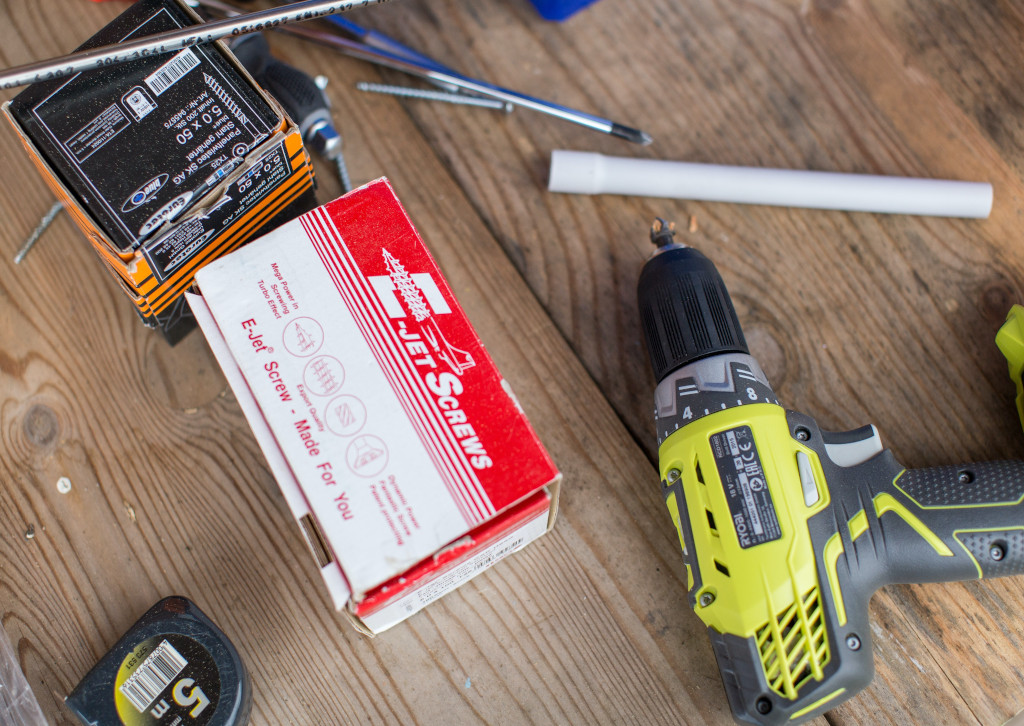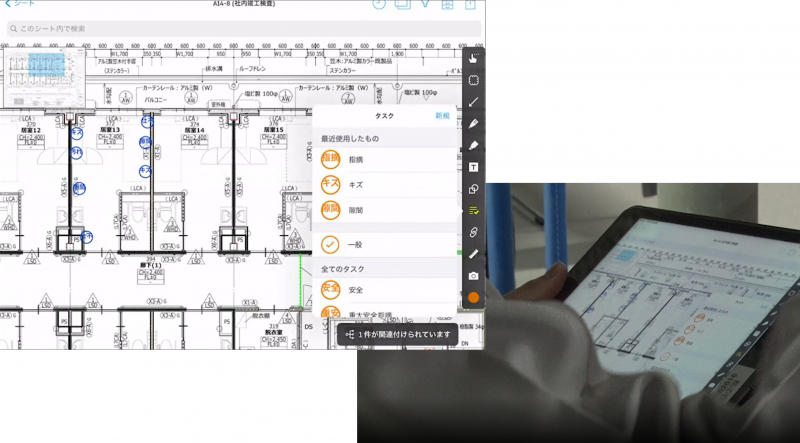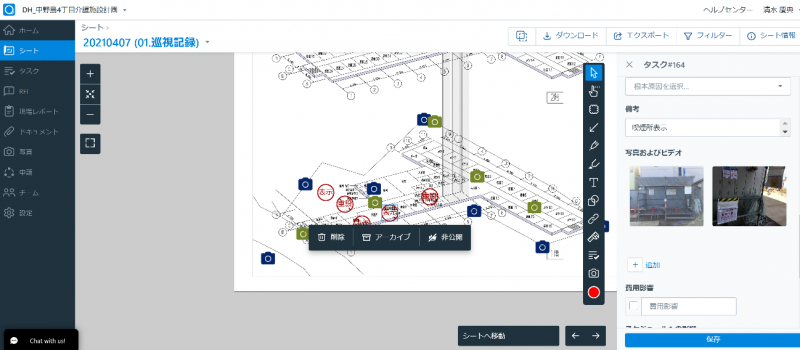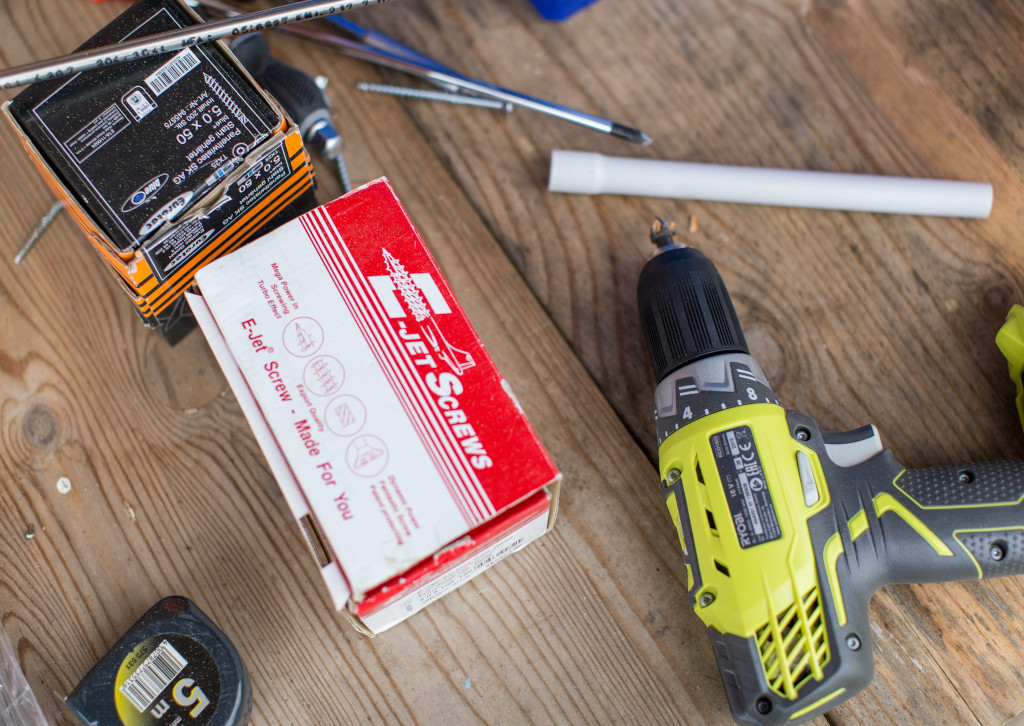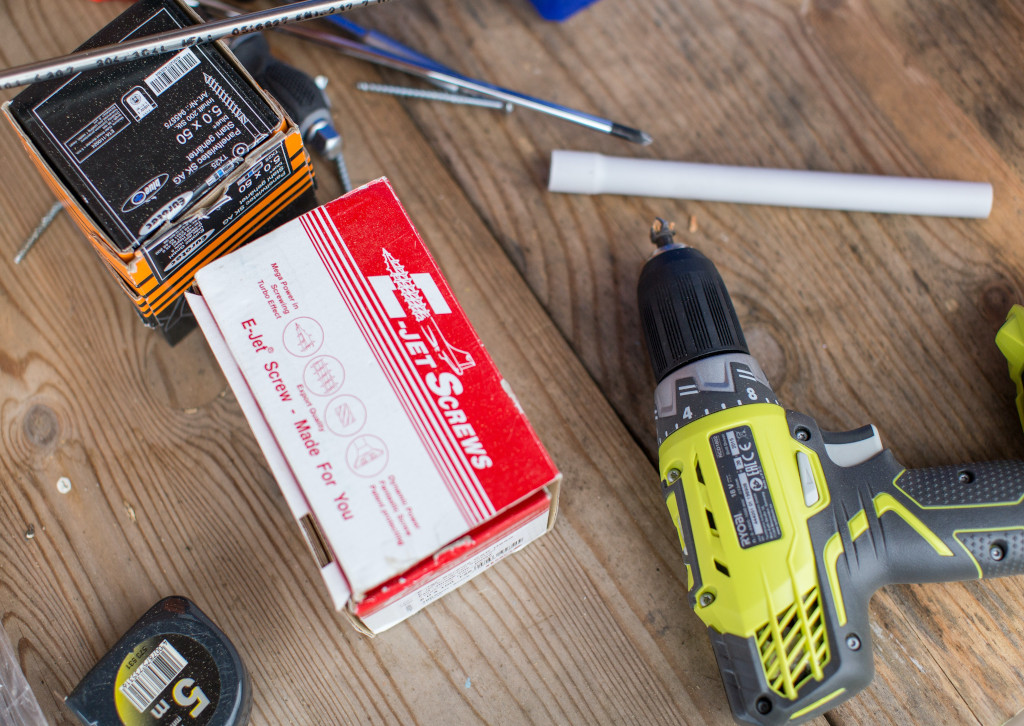
Find the people that are going to support you, help answer questions, and mentor you. Those are the teams you want to be on and the type of team you want to build.
To see the greatest results from technical solutions, you’ll need to get all users and stakeholders on board. While there are many factors that play into successful technology adoption, there’s one component that every initiative must have: a fearless champion. Enthusiastic, committed champions help drive the buy-in you need from stakeholders while getting support from the people who will use the new technology. Building internal advocacy ensures full-scale adoption.
As a Senior Project Manager, Jacob Freitas is one of those fearless champions, pushing innovation and productivity forward at Level 10 Construction. We recently spoke with Jacob about his experience with planning and construction, how the project manager role is evolving, and how Level 10 leverages technology to solve challenges. Read his story below.
Tell us a little bit about Level 10 and what you specialize in.
We’re headquartered in Sunnyvale, California with a few more offices in San Francisco, San Diego, and Austin, Texas. Level 10 Construction was actually founded in 2011 by industry veterans with this shared vision of delivering construction projects at the highest level. And we’ve been able to deliver successful projects across several market sectors thanks to our different regional offices. Our projects have run the gambit—advanced technology, corporate, education, housing & mixed use, biotechnology, entertainment, healthcare and gaming & hospitality.
Walk us through your career. What led you to become Senior Project Manager?
I started back at Cal Poly in the summer of 2005 studying city-regional planning. My first summer after Cal Poly, I had an internship with a home builder, which was when I realized I wanted to go into construction.
So, I pursued internships in the field and worked with Rudolph and Sletten for six months doing co-op. That was all around 2008 when the economic downturn happened and new construction opportunities dried up. I ended up getting more work experience related to my planning background. From 2009 to 2011 I worked on energy management and greenhouse gas mitigation for Mazzetti, an engineering firm out of San Francisco.
A lot of what I focused on during those three years were energy-related projects such as efficiency upgrades, solar installation and fuel cells. The primary client I supported was Kaiser Permanente, with the goal of reducing their environmental footprint, primarily focused on the greenhouse gas emissions associated from their facility operations.
In 2011, a former boss of mine reached out to me to see if I was still interested in the construction space. This November will be nine years for me here at Level 10 Construction.
s construction evolves, how do you see the role of Project Manager changing?
Today, I see a lot of the same mistakes being repeated, and it’s due to a lack of knowledge sharing. Hopefully, in the next decade, sharing lessons learned will become easier with the advent of new technology.
Looking forward, I’m excited to see how our industry shares information, not only internally in organizations but peer-to-peer, and how we can try to be more effective at it.
In terms of existing work products, I want to leverage that existing work product. I don’t want to reinvent the bid package or the spec section or this or that detail. There’s no reason to reinvent it if it’s already been figured out; however, many times it comes down to not knowing where that information resides.
Looking forward, I’m excited to see how our industry shares information, not only internally in organizations but peer-to-peer, and how we can try to be more effective at it.
What project are you most proud of working on in your career?
I would say the Facebook west campus job we worked on from 2012 to 2014. At that time, we were still relatively small as an organization. That was around a $400 million project. As a senior engineer, I was managing all the MEPF trades, which was a $100 million dollar scope. That project felt like the equivalent of two or three projects rolled into one, and we delivered.
The project was super cool, especially considering its size, scope, and complexity. That’s part of the reason I’m here doing what I’m doing today is because of that experience. Not everyone has the opportunity to manage mechanical, electrical, plumbing, food service, fire protection trades early in their careers. The project allowed me to advance faster.
What are the biggest challenges you face in your role? How does technology help you meet these challenges?
Having a centralized platform that the whole team can be on. That has always been a challenge. Recently there’s been a number of platforms that check that box.
Autodesk Build is taking the right approach with getting the whole project on board. I think that model is what we’ll continue to see moving forward.
At Level 10, we also don’t print many drawing updates anymore. The only drawing sets we have are pretty much just the permit sets. It’s key to have the most recent version of all the information on hand, whether it’s an RFI or submittal or drawing. I can carry it around on my iPad and in my safety vest.
You just couldn’t do that 20 years ago, right? Instead, everyone would just be working with incomplete information. Now, one person can basically manage to keep the whole set current for the entire team—for 100 or 200 people.
The concept of reality capture from 360 video walks has also become really beneficial. Companies like OpenSpace, StructionSite, and DroneDeploy allow users to quickly capture current site conditions and share project information with various stakeholders for coordination. Think Google Street View for the jobsite.
Aside from just doing reality capture, some of these companies use photogrammetry to create 3D models of the site conditions. These can be used for things like soil stockpile quantity tracking and, more recently with OpenSpace, progress tracking of TI trades such as framing and drywalls. At a high level, eventually, you’ll be able to walk through the project and capture 360 video then upload it. The software will take that walk-through video and generate a point cloud, which is a geometrically accurate digital version of the built environment you’re looking at in real life. That point cloud then gets compared to your BIM models and schedule. This will give you percent complete by trade, trade-specific scope items, and how the completion of those items are tracking against the project schedule. That’s something that’s always hard to do on larger projects.
When you think about the future, what are your plans to advance innovation and productivity at Level 10?
Internally, everyone’s definitely supportive of these things, but part of it is my own internal quest to be better at things because I see it could be better. The owners of our company are all very knowledgeable, and they’ve been doing this for 30, 40 or more years. So, sometimes it’s scary to face questions like, “We’re going to do what? How? We never did it like that. How are you going to do this?”
Don’t be afraid to ask questions. I constantly ask questions. Don’t be afraid to be the idiot in the room. Raise your hand…understand why you’re doing things. Don’t just do things because someone told you to.
Right now we’re tracking layout with a Dusty Robotics Field Printer robot, using all of our coordinated BIM models and shop drawings. The framers are going to do a Level of Detail (LOD) 350 model in Revit and coordinate with all the MEPs. The grand plan is to export all that information into a single layout file. Each trade will still be responsible for their own layouts, but the bulk of the layout will be exported by trade, given to Dusty, consolidated into a single layout file and multi-trade layout completed through Dusty Robotics Field Printer.
For example, rough openings in walls, bottom track locations, drops for lights, etc., you stack it all in the system and it lays it out. Some of the framers are already enjoying it and some of the MEPs are already seeing the value in it. It should greatly improve the speed at which a project can complete layout and provide additional opportunities to spot problems before things are built out. We had a demo of it out in the field and it seemed effective.
What advice would you give to the next generation of men and women entering and preparing for the future of the industry?
Don’t be afraid to ask questions. I constantly ask questions. Don’t be afraid to be the idiot in the room. Raise your hand and ask questions a lot. You need to understand why you’re doing things. Don’t just do things because someone told you to do them. Figure out why you’re doing it because there’s usually a reason why you’re doing it. If you don’t understand the “why”, it’s not going to click a lot of times. That’s true with anything in life, but you have to ask questions and figure it out. Find the people that are going to support you, help answer those questions, and mentor you. Those are the teams you want to be on and the type of team you want to build.
The post Behind the Build: Interview with Jacob Freitas, Senior Project Manager, Level 10 Construction appeared first on Digital Builder.
Did you miss our previous article…
https://www.dennis-construction.com/?p=907


